Gold Sovereign Coin Types And Specifications
10/03/2023Daniel Fisher
Free & fully insured UK Delivery. Learn more
Secure & flexible payments. Learn more

Buyback Guarantee Learn more
Alongside the Union Jack, bulldog and red telephone box, the Gold Sovereign coin is one of the most iconic British symbols, providing the basis of timeless gold investment as well as a treasured lifelong possession.
Arguably the best known bullion coin in the world, the Gold Sovereign has existed as far back as the 15th century, during Henry VII’s reign. Since then, the coin has evolved alongside the various monarchs of the past few centuries, but remains a popular choice for investors and collectors alike.
Here, we run through the numerous Sovereigns of the past 250 years, revealing their details, designs and mintage figures – right up until the recent launch of the latest Sovereign iteration featuring King Charles III. The series of Sovereigns since 1817 represent the period known as The modern Gold Sovereign.
The reign of King George III saw the introduction of the modern sovereign, a coin that would become a cornerstone of British numismatics.
The sovereigns minted during this period are notable for their unique design and historical significance.
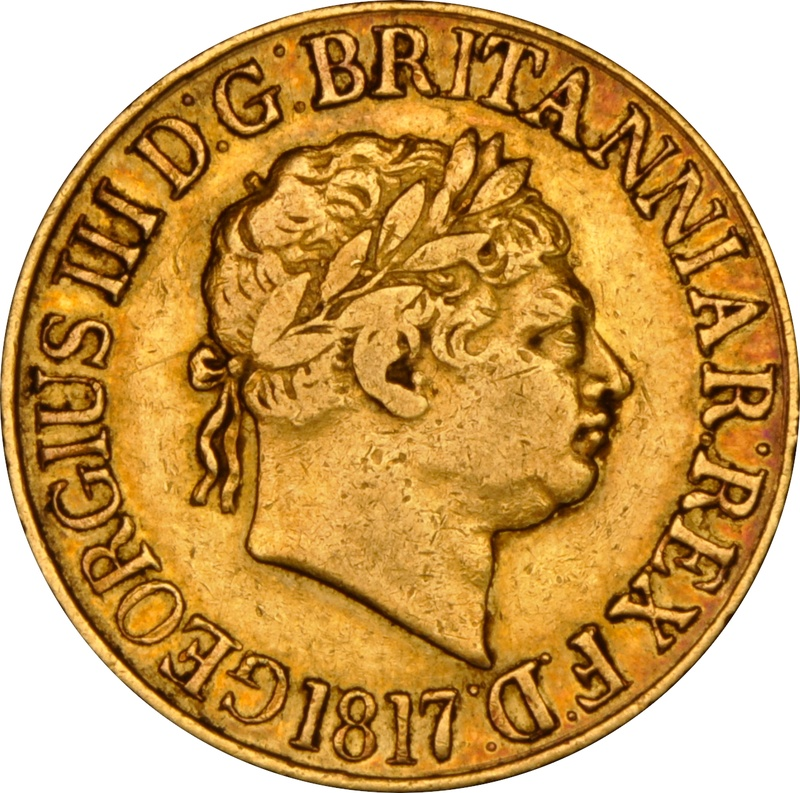
The gold sovereigns of King George III marked a new era in British coinage, with their unique design and the introduction of the St. George and the Dragon motif.
The rare 1819 sovereign, in particular, is a prized possession for any collector or investor due to its extremely low mintage.
The reign of King George IV continued the tradition of the modern sovereign, with coins that are notable for their intricate design and historical context.
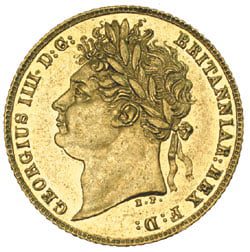
The gold sovereigns of King George IV, with their intricate design and historical context, are a testament to the craftsmanship of the Royal Mint during a period of economic growth and empire expansion.
The 1823 sovereign stands out for its unique St. George and the Dragon design and its rarity.
The reign of King William IV was a period of transition and change, reflected in the sovereigns minted during his time on the throne.
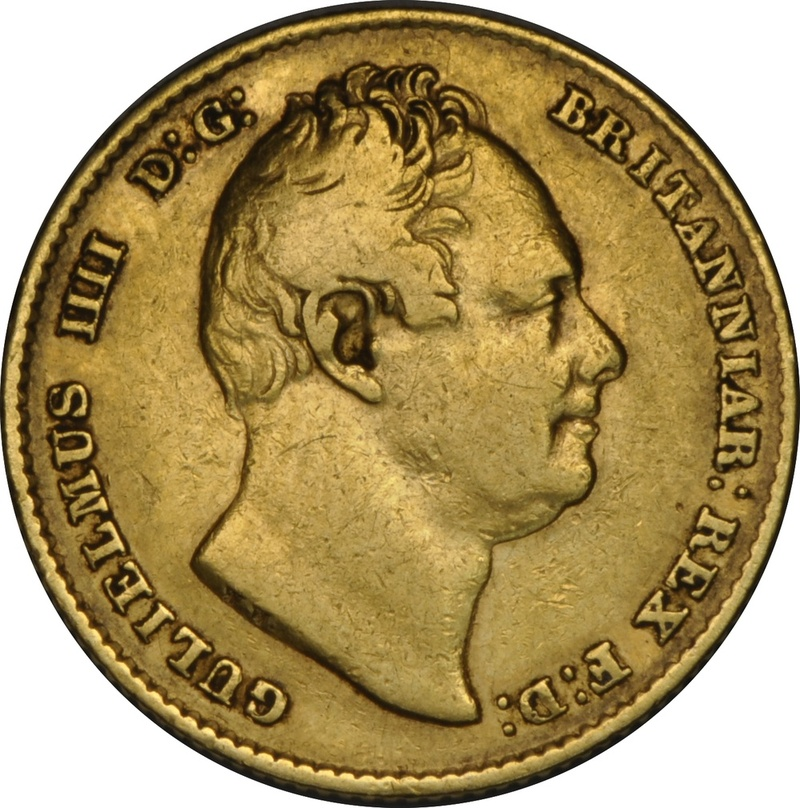
The gold sovereigns of King William IV reflect a time of change in the British Empire.
These coins, with their consistent mintage figures and detailed design, serve as a numismatic symbol of the stability of the British Empire during this period.
Our Portfolio Creator tool will suggest 4 options based on your budget and objectives. Give it a try below.
The reign of Queen Victoria, the longest of any British monarch until Queen Elizabeth II, was a period of immense change and progress, which is reflected in the sovereigns minted during her reign.
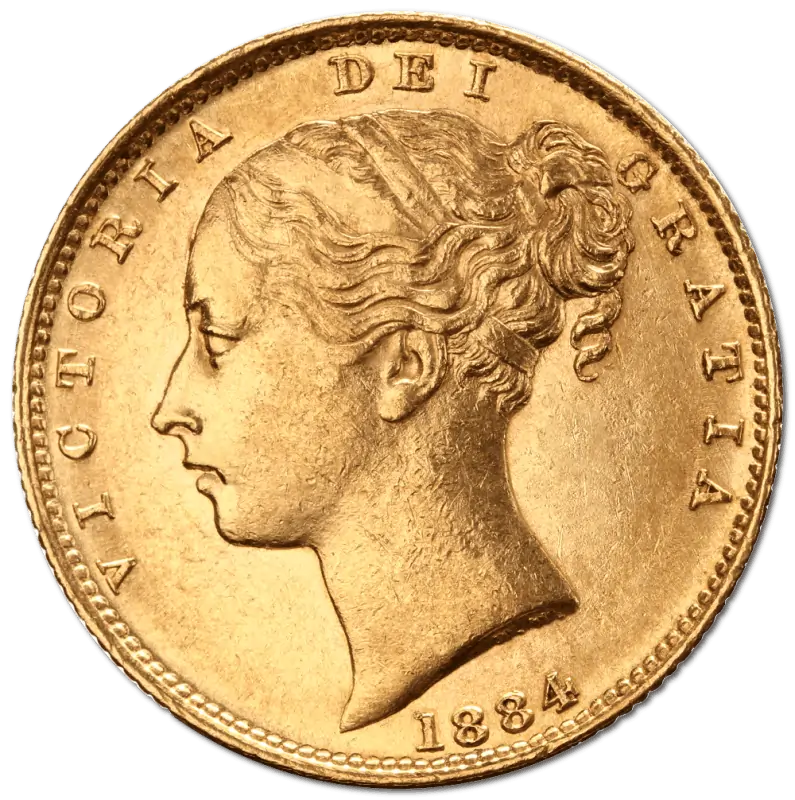
The gold sovereigns of Queen Victoria, with their evolving design and varied mintage, are a testament to the longevity and impact of her reign.
The 1841 sovereign, due to its rarity and unique design, is a particularly valuable piece of numismatic history.
The reign of King Edward VII, though shorter than his mother’s, was a period of significant change, and this is reflected in the sovereigns minted during his time on the throne.
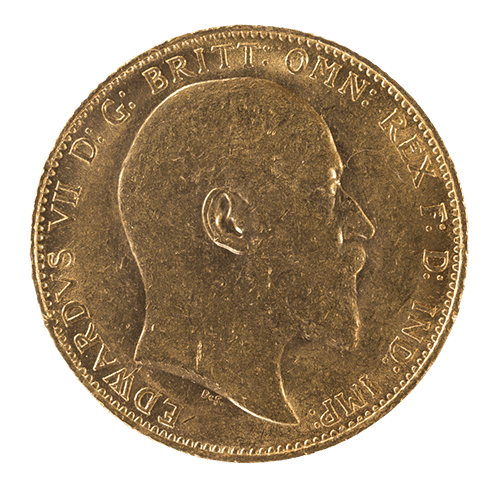
The gold sovereigns of King Edward VII, with their detailed design and varied mintage, reflect a time of significant change in the British Empire.
The 1905 sovereign, due to its rarity, is a notable piece of numismatic history and a valuable asset for collectors and investors.
The reign of King George V was a period of global conflict and change, which is reflected in the sovereigns minted during his time on the throne.
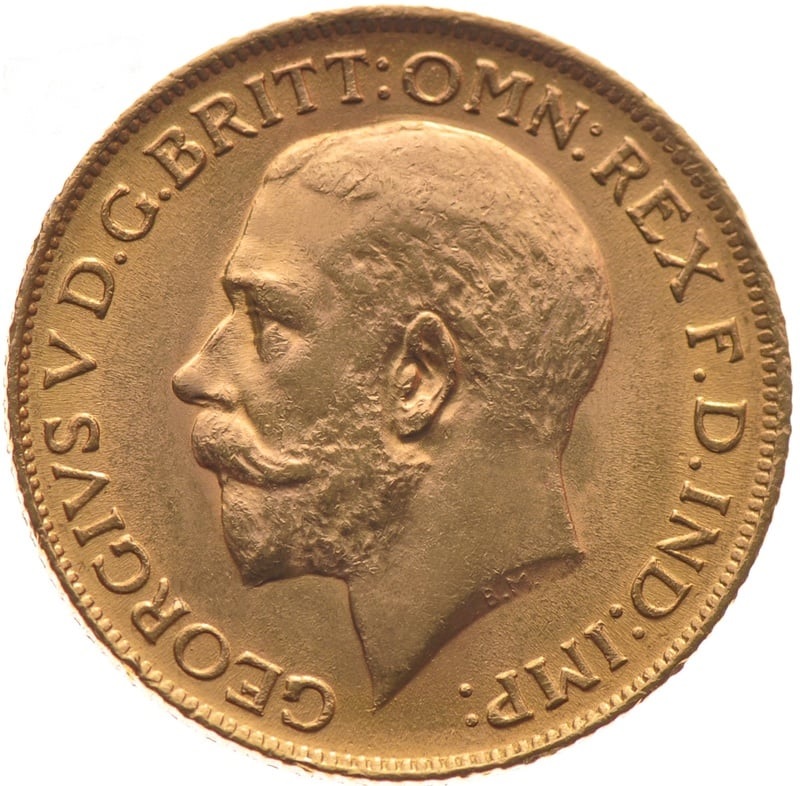
The gold sovereigns of King George V, with their detailed design and varied mintage, reflect a time of global conflict and change.
The 1917 sovereign, due to its rarity and historical significance related to World War I, is a particularly valuable piece of numismatic history.
The reign of King George VI was a period of global upheaval and change, which is reflected in the sovereigns minted during his time on the throne.
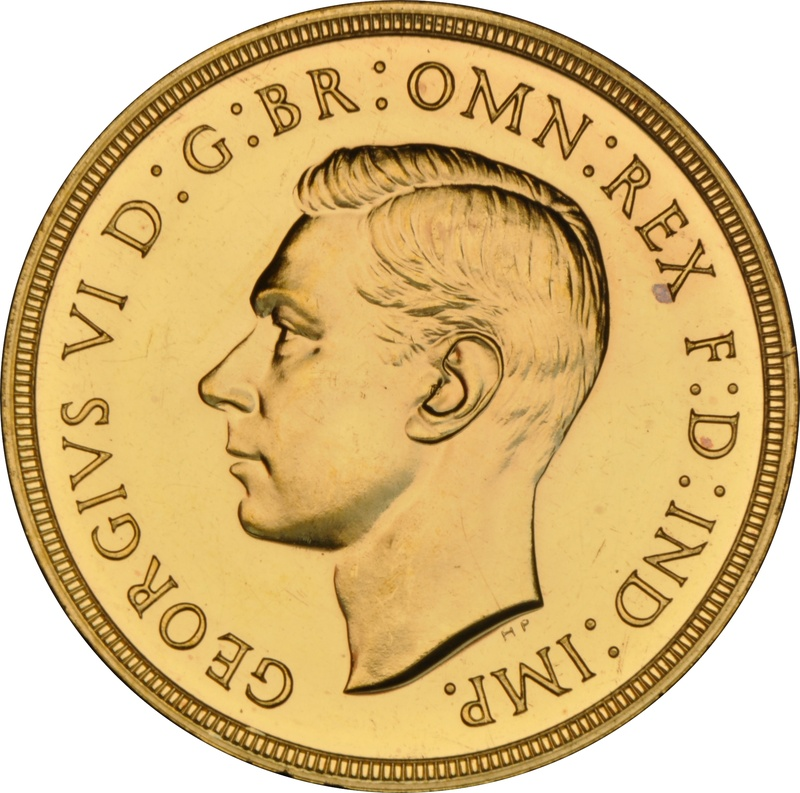
The gold sovereigns of King George VI are a testament to a time of global upheaval and change. The 1937 sovereign, minted only as a proof coin for collectors, is a particularly rare and valuable piece of numismatic history.
The reduced mintage of sovereigns during King George VI's reign can be attributed to several factors, including the economic impact of the Second World War and the decreasing use of gold coins in everyday transactions.
Due to their limited mintage, King George VI sovereigns can be quite valuable, especially those in good condition or from certain years. The value of a specific coin would depend on factors such as its condition, rarity, and the current gold price.
King George VI sovereigns were minted at the London Mint and the Pretoria Mint in South Africa. The London Mint produced sovereigns in 1937, while the Pretoria Mint minted sovereigns from 1947 to 1952.
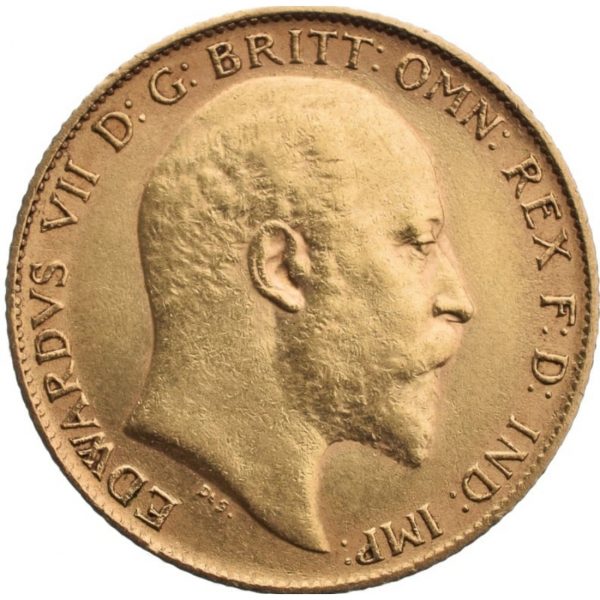
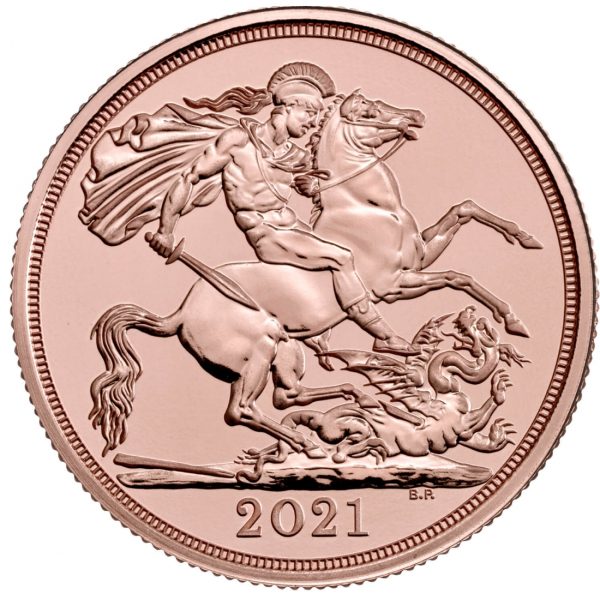
The reign of Queen Elizabeth II, the longest of any British monarch, has been a period of significant change and progress, which is reflected in the sovereigns minted during her reign.
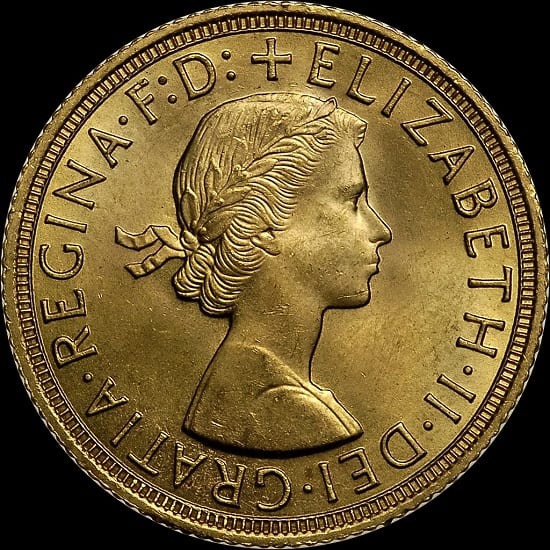
The gold sovereigns of Queen Elizabeth II, with their evolving design and varied mintage, are a testament to the longevity and impact of her reign. The 1957 sovereign, marking the reintroduction of the sovereign as a collector’s item, is a particularly notable piece of numismatic history.
Live Gold Spot Price in Sterling. Gold is one of the densest of all metals. It is a good conductor of heat and electricity. It is also soft and the most malleable and ductile of the elements; an ounce (31.1 grams; gold is weighed in troy ounces) can be beaten out to 187 square feet (about 17 square metres) in extremely thin sheets called gold leaf.
Live Silver Spot Price in Sterling. Silver (Ag), chemical element, a white lustrous metal valued for its decorative beauty and electrical conductivity. Silver is located in Group 11 (Ib) and Period 5 of the periodic table, between copper (Period 4) and gold (Period 6), and its physical and chemical properties are intermediate between those two metals.